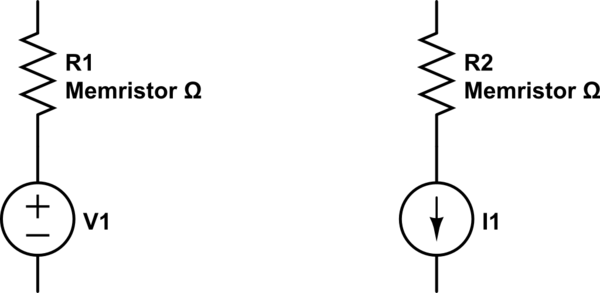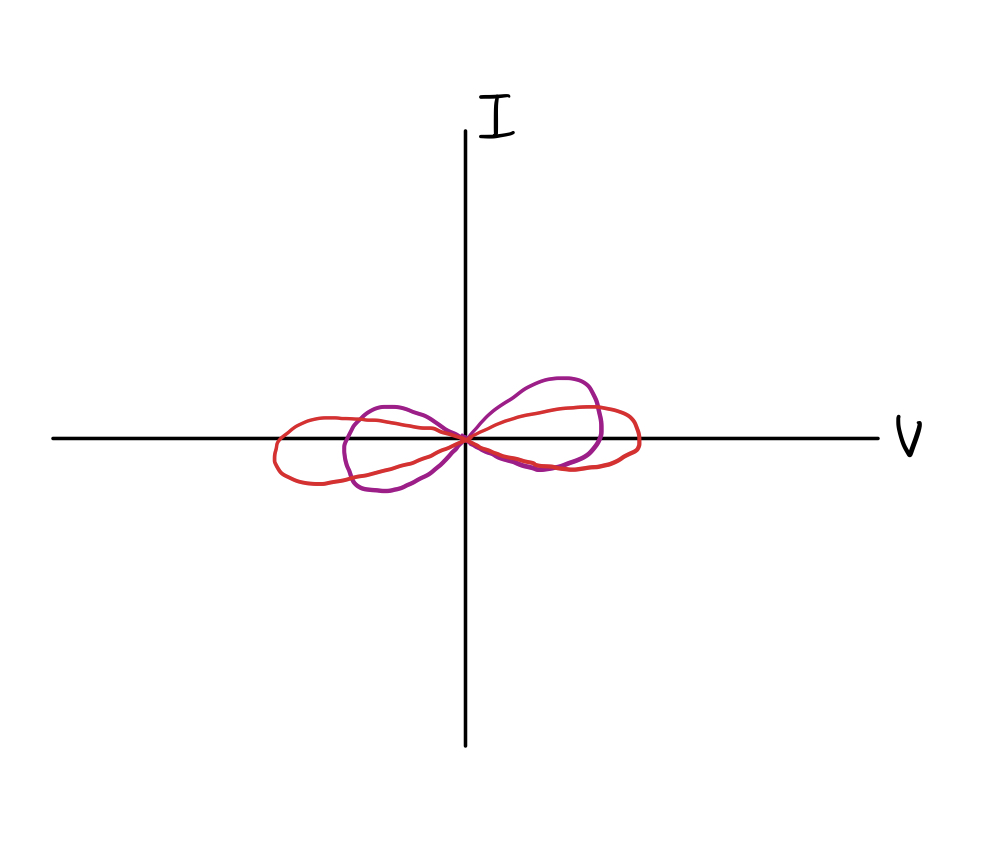If I have a pinched hysteresis loop that does not cross the origin (as
in the image below), so either displaced on the x-axis or y-axis, or
both, what does that physically signify? How does it differ from a
memristor whose curve crosses the origin?
It means you have a constant voltage or current offset and it looks like this in a circuit (this does not happen with real memristors with real resistive materials AFAIK, I know there are no materials that you can build in a constant current offset (obviously), maybe a constant-ish voltage drop) :

simulate this circuit – Schematic created using CircuitLab
How does a tilted pinched hysteresis loop differ in physical
properties from one that is not titled? What does a rotation/tilt by
an angle theta physically signify for a memristor ?
Well, I think you have to have some kind of tilt for it to be a memristor, otherwise it would be a voltage source with no current and only producing voltage at that point, and that wouldn't make sense physically, as the resistor would be producing voltage with no current, usually resistive materials produce a voltage after current . I suppose an ideal memristor could have no tilt. Real curves look like these and I haven't seen one that doesn't always have resistance:

Source: Figure 3-My, and others’, spiking memristors are true
memristors: a response to R.S. Williams’
question at the New Memory Paradigms:
Memristive Phenomena and Neuromorphic
Applications Faraday Discussion
The tilt is a resistance offset. You could think of it as adding a resistor to the no-tilt situation. You can see here resistance lines drawn for 0.5Ω, 1Ω and 2Ω resistors on the same plot.

What does the area of a pinched hysteresis loop resemble - if my input
variable is voltage (so a voltage controlled memristor)? And what do
different area values signify in terms of physical properties of
memristors? And what is the effect of scaling on the physical
properties of a memristor?
It means that the resistance changes more, the area under the curve would represent power, so it would mean a bigger power change. I don't think this would make much sense to calculate the area under the curve. One thing that would make sense is to compare a larger loop vs a smaller loop because the farther the sides of the loop is from the other side the easier it is to detect a voltage and determine if the resistance is large or small (a 1 or 0 maybe).










